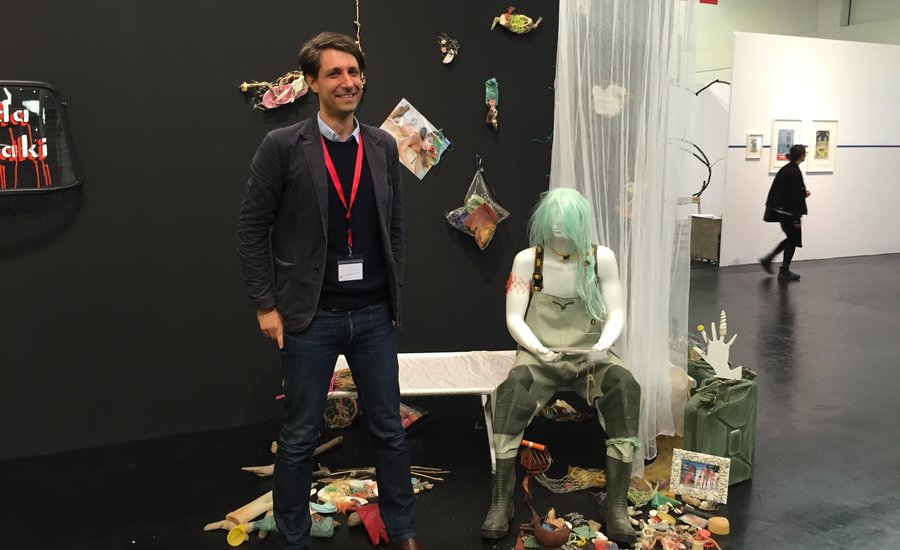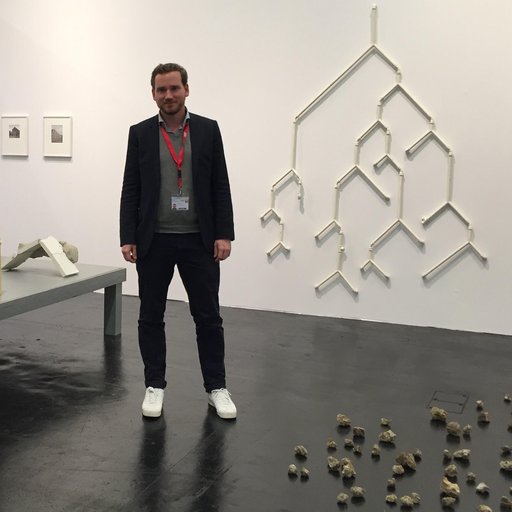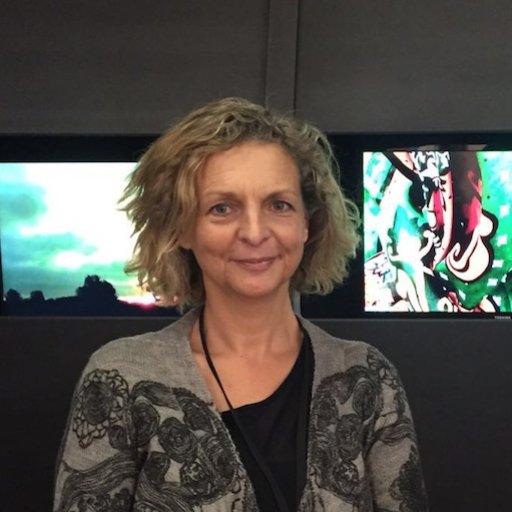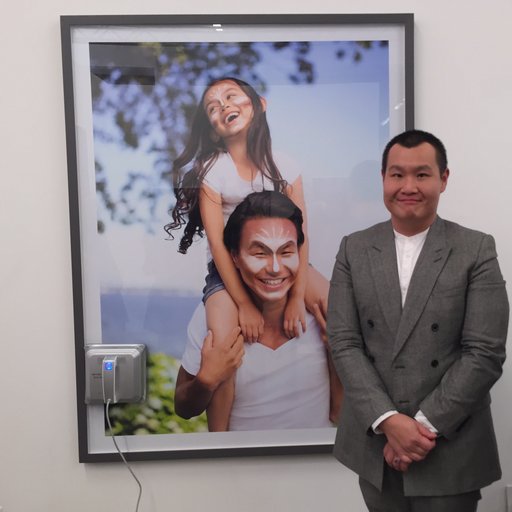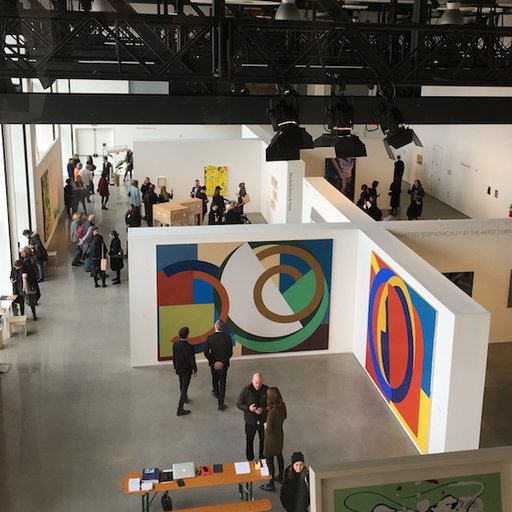Amadeo Kraupa-Tuskany does not have the background you would expect of the cofounder of one of Berlin’s most exciting young galleries. After all, while his peers were working their way up the apprenticeship rungs, he was finishing up his PhD studies in law and behavioral economics, writing his dissertation on the regulation of defensive measures against hostile takeovers. However, he had always been a collector, and his wife, Nadine Zeidler, whom he had met growing up in Munich, was working for the dealer Jocelyn Wolff in Paris. He started to think art might be a more interesting direction than corporate affairs.
To test the waters, he went to work for Jan Mot’s gallery in Brussels, and soon began talking with his wife, who by then was a curator at Nottingham Contemporary, about starting their own space in Berlin. As for what the gallery would stand for, he and Zeidler dove into a self-devised theoretical curriculum built of Bruno Latour, Anselm Franke’s “Animism,” and texts on hybridity and the antimodern. They were particularly drawn to a notion of psychedelia, which Kraupa-Tuskany uses to refer to thought processes that don’t follow straight trajectories.
“All these ideas became very important to us while founding the gallery,” Kraupa-Tuskany says, who found a quirkily businesslike space for their operation on the fourth floor of the Berliner Zeitung headquarters. “We built the program about questions that we have, not answers, and when we couldn't find what we were looking for in reading we turned to art and the catalysts that were there. We think the gallery is the right platform where these questions can be discussed or negotiated.”
To build the program, they then went step by step, doing studio visits together to find artists who suited their lines of inquiry. This brought them to the collective AIDS-3D, whose work exploring the densely hyperlinked horizontal networks of the online community appealed to them; they brought on artist Daniel Keller, a member of the collective. When they then encountered Slavs and Tatars, Kraupa-Tuskany says, “there were so many intellectual concepts that it became dazzling to us.”
They were also very taken by the work of the 80-year-old Swedish provocateur Sture Johannesson, whose trip agitprop posters for the ‘60s counterculture and early computer drawings have become touchstones of the program. “It’s about making you curious,” says the dealer. "It's like, you can use the sight on a rifle to aim as far as you can see, but we use art to try to aim beyond the limits of what is visible."
For their booth with KOW at NADA + ART COLOGNE COLLABORATIONS, Kraupa-Tuskany and Zeidler brought an eye-opening range of works, with the centerpiece being a sculptural installation of a California seasteader sitting in his bedroom off the grid, surrounded by family photos, a swimwear calendar, and other tokens of the world he left behind. Made by Keller in collaboration with Ella Plevin, it recalls Paul Thek’s dead hippie, brought to life on the fringes of today’s society.
Then there was also a suite of new drawings by the digitally aided painter Avery Singer and a show-stopping piece by Slavs & Tatars based on the cover of a how-to-wage-jihad manual published by the German foreign ministry during WWI and given to Arab prisoners with the intention of radicalizing them so they would destabilize their countries when they returned.
Reprinted backwards on a tall mirror, the text was reversed by the artists to “make it a mystical quest—now it’s about inner jihad, the struggle with oneself,” says Kraupa-Tuskany. “We like they way Slavs and Tatars embrace the notion of complexity. It’s a very precious resource.”











